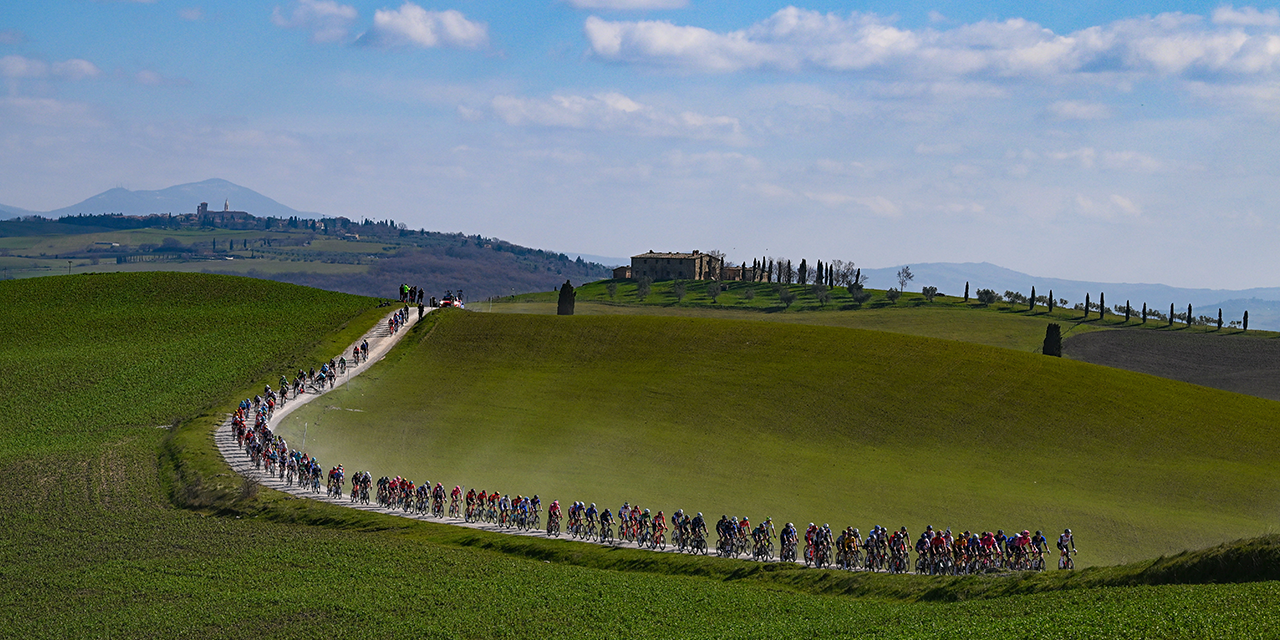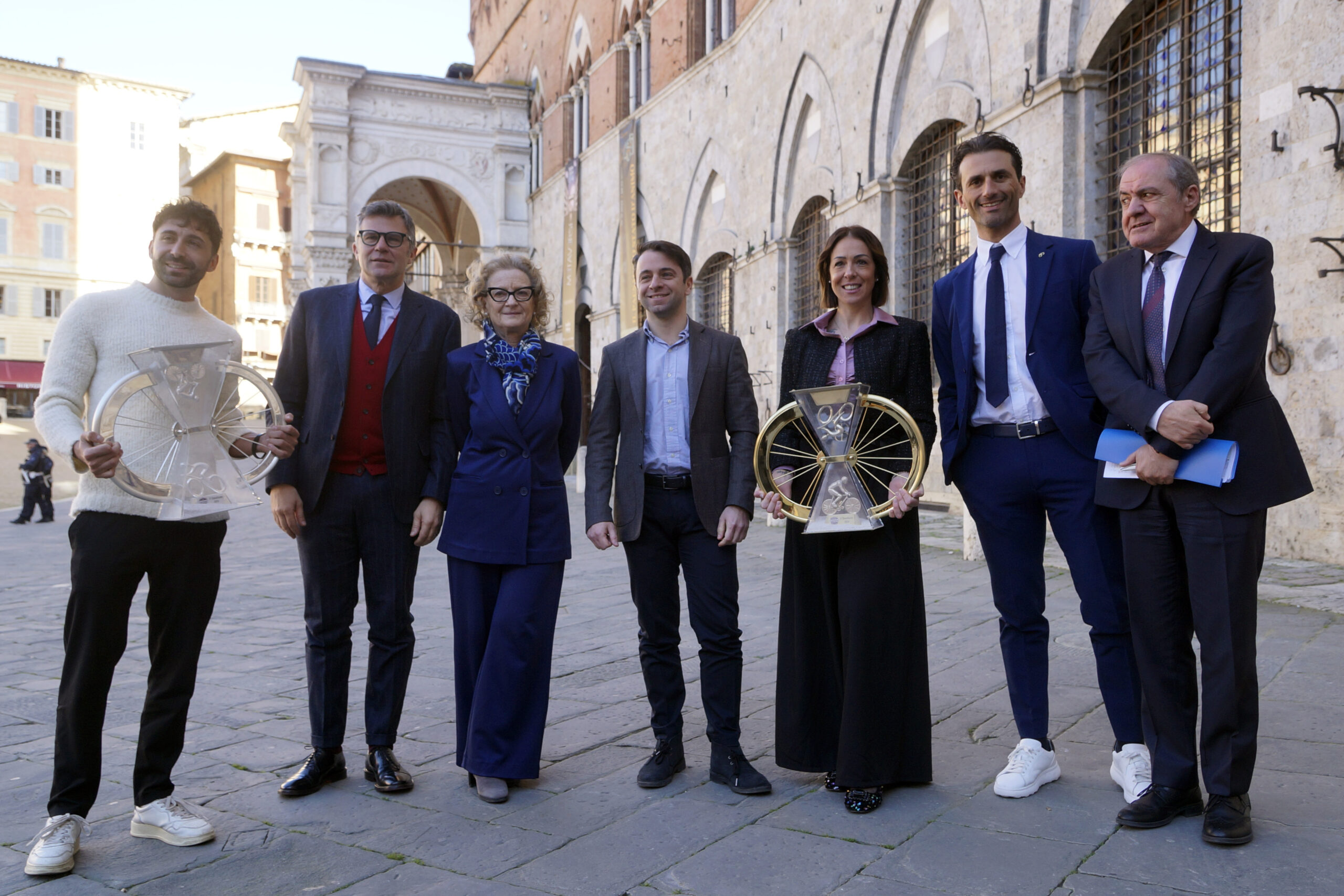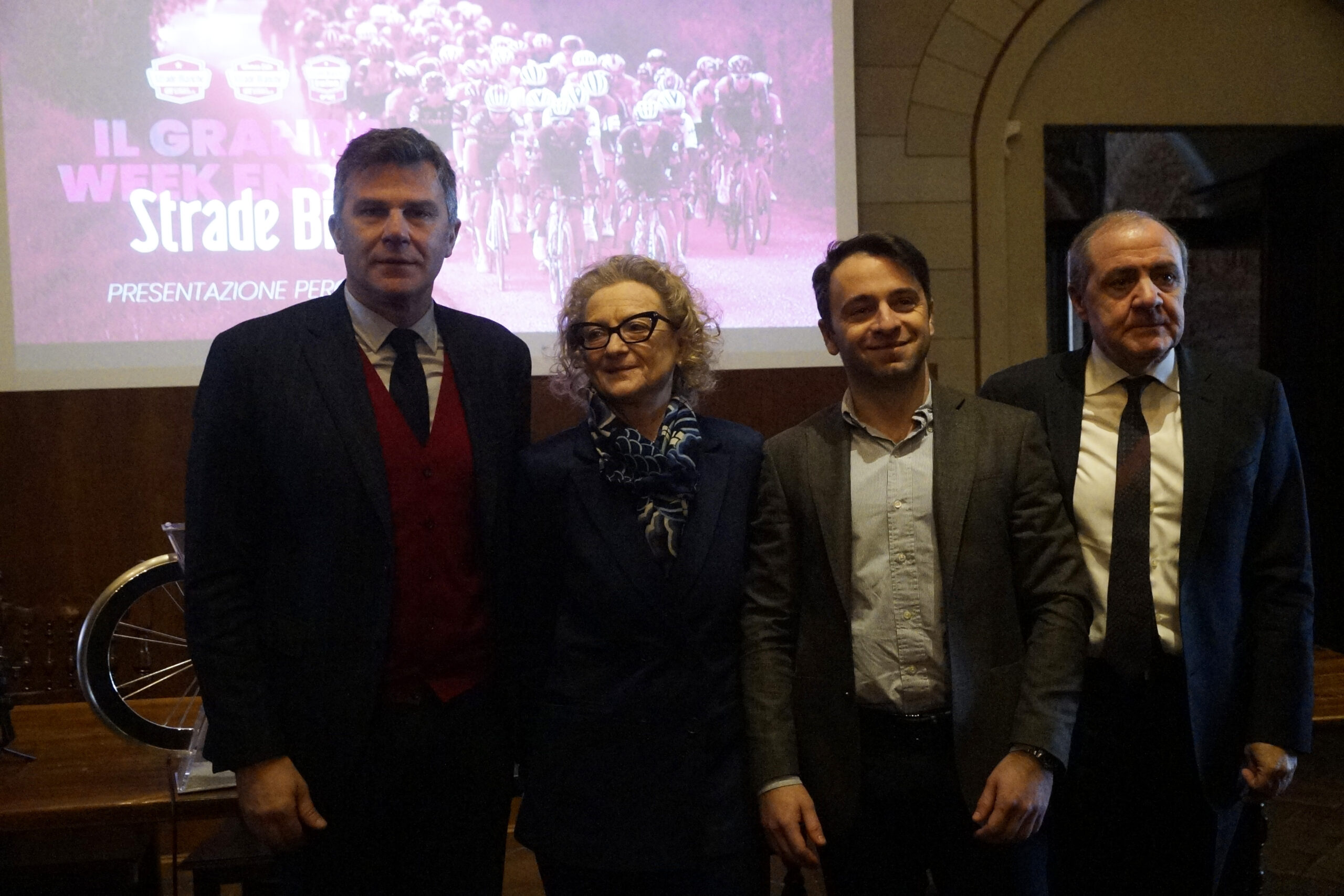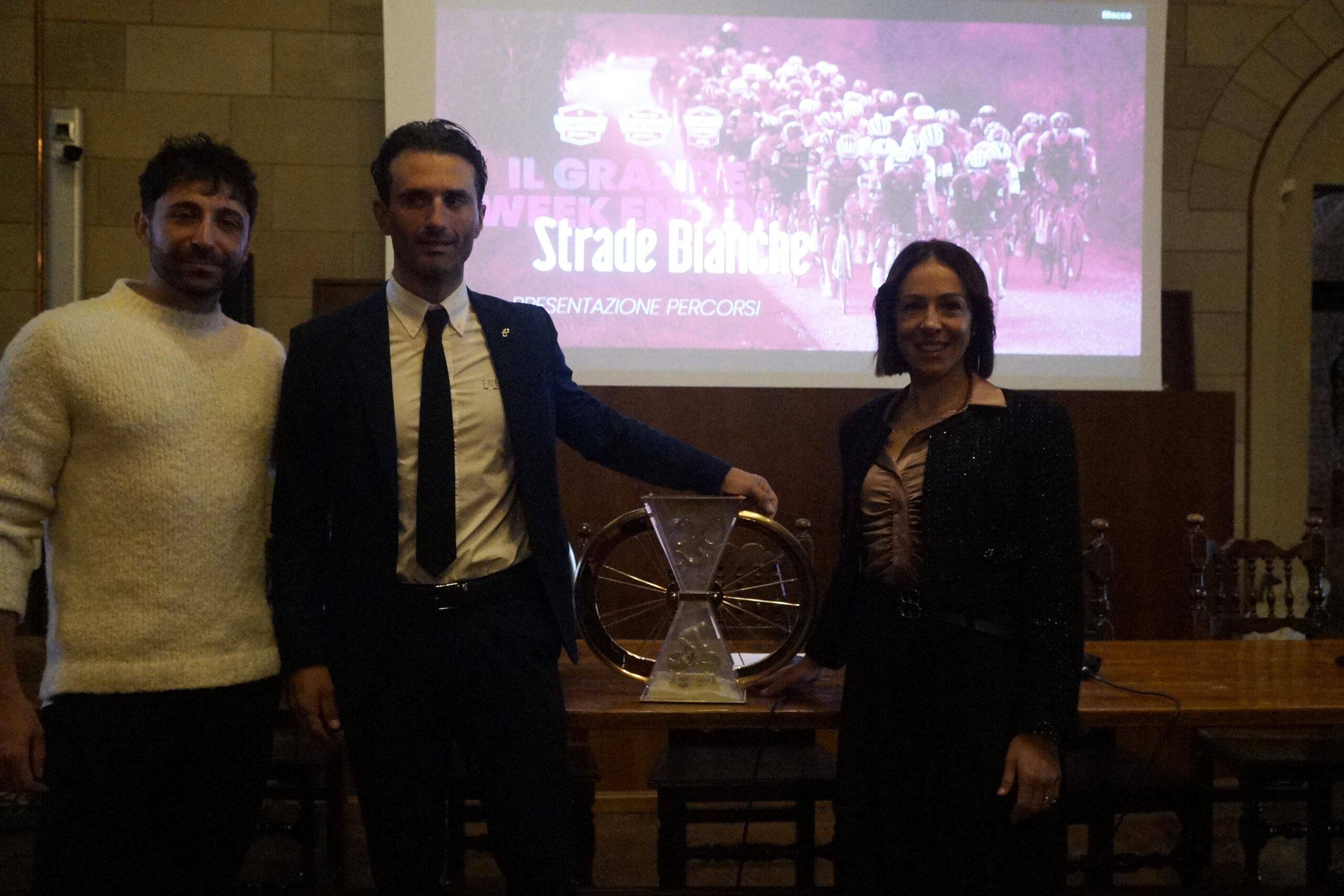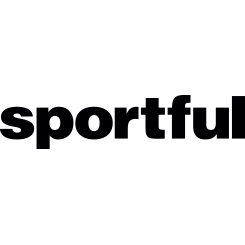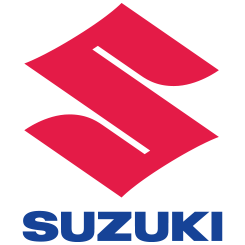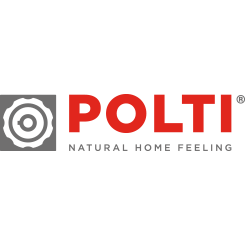The great Strade Bianche weekend, which will open the season of the Italian UCI World Tour and UCI Women’s World Tour races organised by RCS Sport on 2 March, is approaching with some important changes. “Europe’s most southern northern classic” will be renewed by increasing the mileage and sectors of gravel roads both in the women’s version (137 km with 12 sectors, totalling 40 km of Strade Bianche) and in the men’s version (215 km with 15 sectors, totalling 71 km of Strade Bianche) thanks to the addition of a final circuit to be repeated twice that will allow the fans to see more of both races. On
Sunday, 3 March, the amateur cyclists will take to the streets, challenging themselves on the Crete Senesi raced by the Pros the day before. One of the most eagerly awaited events of the year for the category, the Gran Fondo Strade Bianche Enel already has more than 7,000 registered participants.
Quotes
Paolo Bellino, CEO and Managing Director at RCS Sport: “We confirmed the programme of a weekend that has become a traditional event despite the recent history. This is a winning format, as demonstrated by the ever-growing numbers generated. Every year, Siena and its territories are flooded with fans from all over the world, who are fascinated by the images of these places that are widely broadcasted. Saturday’s races see the big stars of women’s and men’s cycling at the start, with startlists that are just as good as the ones of Monument Classics. Two-wheel aces are increasingly targeting this race as one of their seasonal goals, and we can only be happy about this. On Sunday, more than 7,000 amateurs will take part in a competition that has already become an unmissable event for the category”.
Mauro Vegni, Cycling Area Director at RCS Sport: “This year we wanted to make some changes to the route, and so we created this double circuit, which will increase the difficulty and mileage of both races, as well as give the fans at the roadside the chance to enjoy the show multiple times. As a result of this decision, for the first time the men’s race will be longer than 200 km. We will see how the race will develop. Every year, this event gives us strong emotions and great cycling moments such as in 2023 the photo-finish victory of the women’s race by Demi Vollering, or the winning attack by Thomas Pidcock in the men’s race”.
Nicoletta Fabio, Mayor of Siena: “Siena at the centre of the sporting world: Strade Bianche will once again offer spectacle, entertainment, sport of the highest level, a combination of emotions that also includes culture and attractiveness for our territory and our city. A unique race for the route and the finish in Piazza del Campo, which manages to express all the passion that those who love two wheels can savour. Strade Bianche is by now an unmissable event, not only for professionals, but also for all cycling fans, amateurs, and enthusiasts with the Sunday Gran Fondo. Siena will be the capital of sports tourism, in that combination of sport and promotion that finds its perfect sublimation in this territory, perfect for rediscovering artistic and natural beauty”.
Lorenzo Lorè, Councillor for sports of the Municipality of Siena: “It is with great emotion that we greet the return of the two-day Strade Bianche in Siena, this year also linked to a whole series of events that will accompany us to the March weekend. Many novelties, curated by RCS Sport, that will involve the city more and more and transport us to the men’s and women’s professional race and then to the amateurs’ race. I would also like to emphasise the record-breaking numbers of the Gran Fondo, this year reaching seven thousand participants: a great success, as well as a great organisational effort, for which I would certainly like to thank RCS, but also the municipal machine and all the offices that are already working to ensure that everything goes well and that it is the second great day of sport for the entire territory”.
Moreno Moser, 2013 Strade Bianche winner: “I am particularly happy and excited to be back here where I achieved the most beautiful victory of my career. These are beautiful places, both in terms of landscape and art. Over the years the way of interpreting the race has changed a lot, there is selection from further away. With this new circuit there can be even more selection”.
Marta Bastianelli, 2007 World Champion: “The Strade Bianche is a world-class classic, both in terms of participants and spectators. I particularly appreciate the novelty of the double passage on the gravel roads, which also involves women, unlike in races like the Tour of Flanders. Whoever wins a selective race like this will be a protagonist throughout the season”.
Daniele Bennati, Head Coach of the Italian National Team: “I’m happy with this new route, which has even higher mileage and more opportunities for selection. It will be an important test bench for the Italian athletes in view of the many international appointments of the season and I hope they will be able to be protagonists”.
Alessandro Fabbrini, President of Sei Toscana: “We are proud to be the green partner of this prestigious event that gives international visibility to Siena and its unique and precious territory. Being able to measure the impact of the event in terms of waste management and separate waste collection, and consequently finding and applying emission offsetting systems, is the best way to ensure that this project becomes increasingly virtuous and concretely sustainable. Once again, we will provide all the necessary support, from collection services to the many environmental awareness and education activities aimed at adults and children”.


